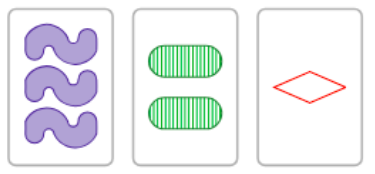Sam’s dad is in a mathematical conundrum – so she’s asked Katie, one of our editors, if maths can save the day.
 Dear The Aperiodical,
Dear The Aperiodical,
My dad is going away on a golfing holiday with seven of his friends and, since I know a little bit about mathematics, he’s asked me to help him work out the best way to arrange the teams for the week. I’ve tried to work out a solution, but can’t seem to find one that fits.
They’ll be playing 5 games during the week, on 5 different days, and they’d like to split the group of 8 people into two teams of four each day. The problem is, they’d each like to play with each of their friends roughly the same amount – so each golfer should be on the same team as each other golfer at least twice, but no more than three times.
Can you help me figure it out?
Sam Coates, Manchester


